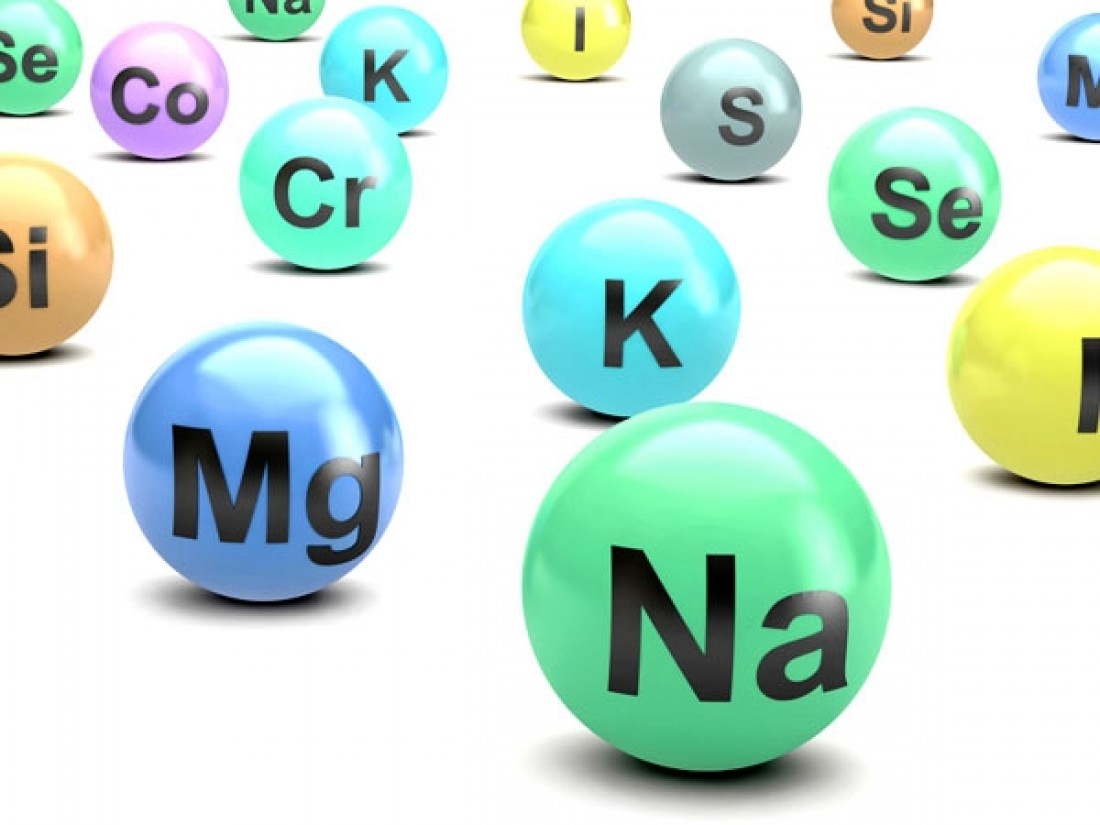Written by Soccer Fitness Internship Student Kayleigh Mines, edited by Richard Bucciarelli.

Electrolyte replenishment is very important during high intensity and/or long duration activities such as soccer. It is important to maintain hydration during these activities to sustain electrolytes levels. Sustaining electrolyte levels will allow optimal performance and ideal health for the athlete.
Before understanding how to replenish electrolytes we have to first understand what electrolytes are. An electrolyte is a substance in the body that produces an electrically conducting solution when dissolved in water, or H2O. Electrolytes carry an electrical charge and are essential for everyday life. They are found in your blood, urine and bodily fluids. Maintaining the optimal electrolyte balance aids in your body’s blood chemistry, muscle activity, and other metabolic processes. All higher forms of life need electrolytes to survive (Christian Nordqvist, 2016). In our bodies we carry electrolytes. These electrolytes comprise of minerals that include; sodium (Na+), potassium (K+), calcium (Ca2), magnesium (Mg2+), chloride (C1–), hydrogen phosphate (HPO42-), bicarbonate (HCO3–), and hydrogen carbonate (HCO3–).
We need electrolytes in our bodies for many reasons. These reason include; regulating our nerve, organ, cell, and muscle functions, temperature control, hydration/fluid levels, glucose metabolism, ion and fluid transportation, pH levels, blood pressure, and aid in rebuild any damaged tissues. If we experience imbalanced electrolytes it is because the amount of water in the body has changed, either it is dehydrated or overhydrated. We usually experience this through exercising where we tend to sweat more frequently and heavily. If low or imbalanced electrolyte concentration occurs you could experience symptoms such as; muscle weakness or spasms, irregular heartbeat, blood pressure change, confusion, fatigue, nausea and more severe symptoms like chest pain, seizures or lethargy convulsions. Reasons for imbalanced electrolytes can be caused by kidney disease, vomiting over a prolonged period of time, severe dehydration, congestive heart failure, acid/base pH imbalance, eating disorders, and some drugs such as diuretics or ACE inhibitors (Christian Nordqvist, 2016). Treatment for imbalanced electrolytes include either increasing or decreasing fluids and mineral supplements may also be given by mouth or intravenously if the body is heavily depleted.
Electrolytes come from the foods and liquids we consume. These foods and liquids contain sodium, calcium, potassium, magnesium, chloride, phosphorous, and bicarbonate, all the key components that make up electrolytes. All of these components have a certain role as an electrolyte that is beneficial to the body. Sodium helps to control fluid in the body that is necessary for optimal muscle and nerve function along with impacting blood pressure. Calcium is important for the movement of nerve impulses and muscle. Potassium helps in regulating the heart and blood pressure along with aiding in transmitting nerve impulse to allow for necessary muscle contractions. Magnesium is essential in helping to maintain heart rhythm, regulating blood glucose (blood sugar) levels, and enhancing the immune system. Chloride is vital for providing equilibrium to the acidity and alkalinity, which helps to maintain optimal pH levels along with helping in digestion. Phosphorous is essential in aiding in the production of tissue growth and repair by providing energy to the cells. Lastly, bicarbonate’s role is to correspondingly aid in the body maintaining healthy pH levels along with regulating heart function (Cotter, Thornton, Lee & Laursen, 2014). Each of these components aid in the health of each individual and maintaining them will only prove their worth.
To maintain or restore electrolytes back to their optimal levels there are a few things we can do. Paramount among these is maintaining your body’s fluids by drinking plenty of water. It is advised that athletes drink 8 ounces of water 20 to 30 minutes before starting their exercise, drink 8 to 10 ounces of water every 10 to 20 minutes during exercise, and drink 8 ounces of water no more than 30 minutes after exercise (WebMD, 2016). You can also maintain electrolytes through your diet. Replacing electrolyte loss through eating foods high in the minerals that make up electrolytes such as; bananas high in potassium, salty snacks like nuts containing sodium, phosphorus, and chloride, milk products high in calcium, and leafy greens high in magnesium (Isabel Smith, 2014). Athletes can also replenish their electrolytes though drinking sports drinks such as Gatorade or PowerAde that contain carbohydrates (CHO) and electrolytes. These drinks replace sweat that has been loss during exercise along with aiding to retain fluid in the body/blood. You should only drink sport drinks when an exercise exceeds past 30 minutes since you need to replace CHO that have been used for energy and electrolytes that have been depleted through high sweat volumes. However there are “pro’s” and “cons” of consuming sport drinks. Pro’s include; replacing fluids lost during high intense exercise, replacing CHO used for energy aiding in bring blood glucose back up to normal levels, replacing protein, and the fact that in general the drinks are easy to digest, taste good, and replenish vitamins and minerals. The cons include; the acidity in sports drinks can dissolve teeth, they are expensive, they are often used to replace water when unessential, they are high in sugar, they may contain caffeine, and some also have unproven claims such as; improving one’s speed, endurance, concentration, agility, and overall athletic performance. Companies who market and sell sports drinks do not have factual proof to back up these performance-enhancing claims (Lifescript, 2016).
With these alternatives it proves that there are different possibilities in maintaining or replenishing electrolytes loss during high intense, low intense, or long duration exercises. Keeping electrolytes in mind when exercising. Making it a priority to maintain electrolytes at optimal levels, so as an athlete you can perform the best you can in any activity you may be performing in.


Leave A Comment